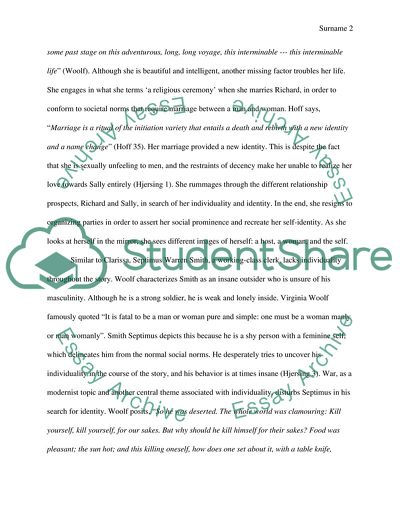Cite this document
(Virginia Woolfs Mrs. Dalloway Essay Example | Topics and Well Written Essays - 1500 words, n.d.)
Virginia Woolfs Mrs. Dalloway Essay Example | Topics and Well Written Essays - 1500 words. https://studentshare.org/literature/1874515-mrs-dalloway-critical-approaches
Virginia Woolfs Mrs. Dalloway Essay Example | Topics and Well Written Essays - 1500 words. https://studentshare.org/literature/1874515-mrs-dalloway-critical-approaches
(Virginia Woolfs Mrs. Dalloway Essay Example | Topics and Well Written Essays - 1500 Words)
Virginia Woolfs Mrs. Dalloway Essay Example | Topics and Well Written Essays - 1500 Words. https://studentshare.org/literature/1874515-mrs-dalloway-critical-approaches.
Virginia Woolfs Mrs. Dalloway Essay Example | Topics and Well Written Essays - 1500 Words. https://studentshare.org/literature/1874515-mrs-dalloway-critical-approaches.
“Virginia Woolfs Mrs. Dalloway Essay Example | Topics and Well Written Essays - 1500 Words”. https://studentshare.org/literature/1874515-mrs-dalloway-critical-approaches.


